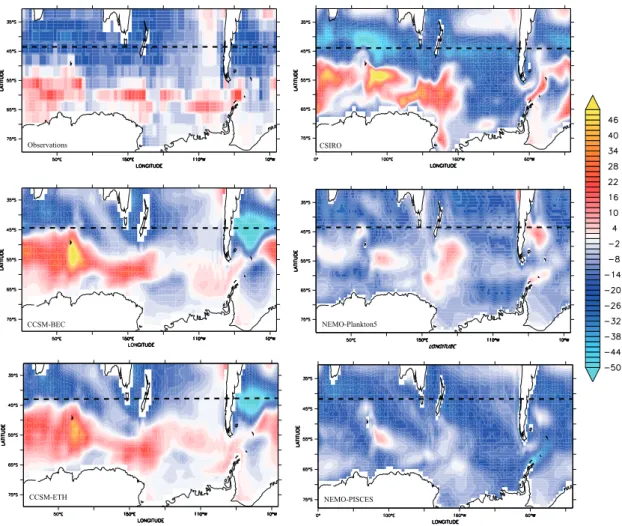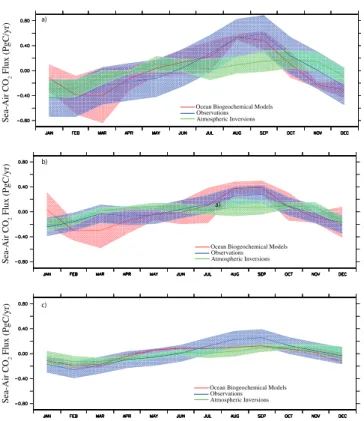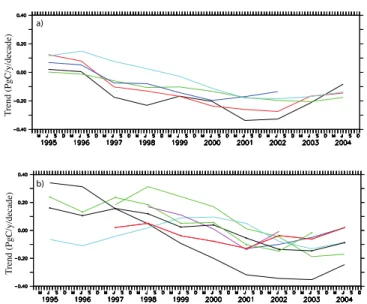Sea–air CO<sub>2</sub> fluxes in the Southern Ocean for the period 1990–2009
Texto
Imagem


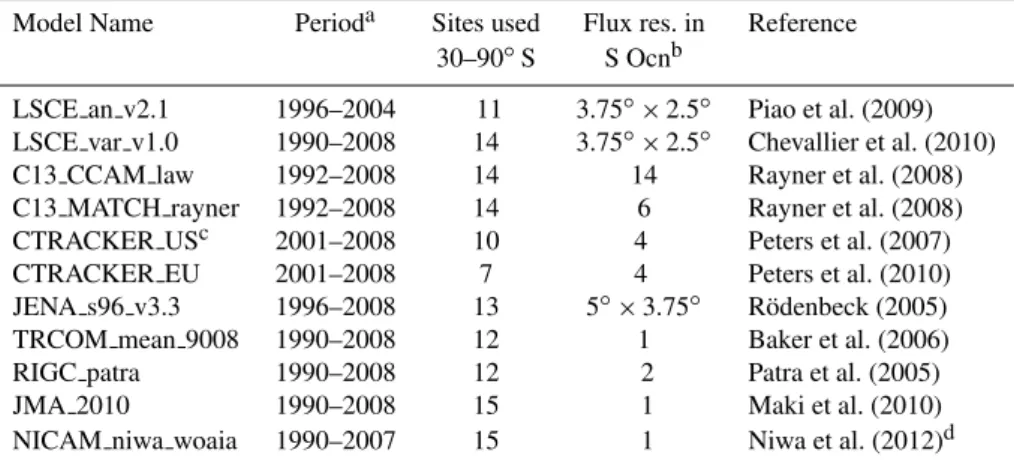
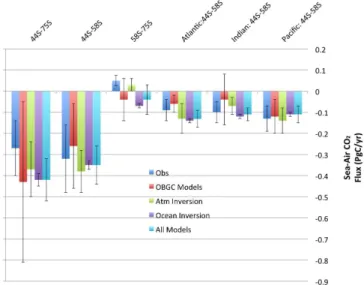
Documentos relacionados
Latitudinal shifts in the Southern Ocean westerly wind jet could drive changes in the glacial to interglacial ocean CO 2 inventory.. However, whilst CMIP5 model results
To investigate whether changing the gas transfer rate can improve regional model prediction, we compared the results from the model runs with the climatology of Taka- hashi et al.
with upper ocean heat content and air-sea interaction of heat and moisture suggest a potential for predicting surface temperature and atmospheric mean state on annual to decadal
The concentration of DO in the ocean is dependent on air-sea fluxes, physical trans- ports, and biogeochemical processes where DO and organic matter are produced via photosynthesis
Comparison between annual integrations of air-sea CO 2 fluxes, gross primary production (GPP), respiration (R) and net ecosystem production (NEP) computed for the reference
The absolute humidity for di ff erent seasons is approximately double above the Pacific Ocean in the east compared to the Southern Ocean in all seasons... Suni
blooms in the northwestern Arabian Sea and the Gulf of Oman as seen in ocean color estimated from satellite and relating this to the eddy field as seen in the sea surface height..
work is presenting a comprehensive outlook of the f CO sw 2 datasets collected during the FICARAM cruises, analyzing the seasonal di ff erences recorded and the interan-
